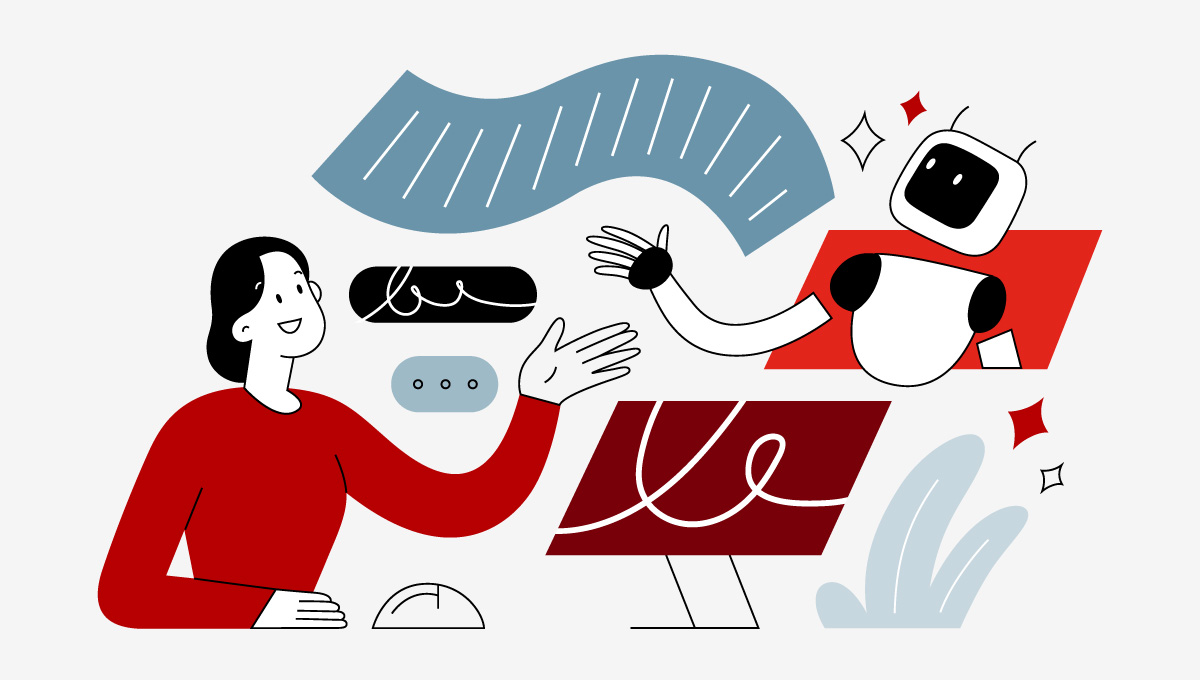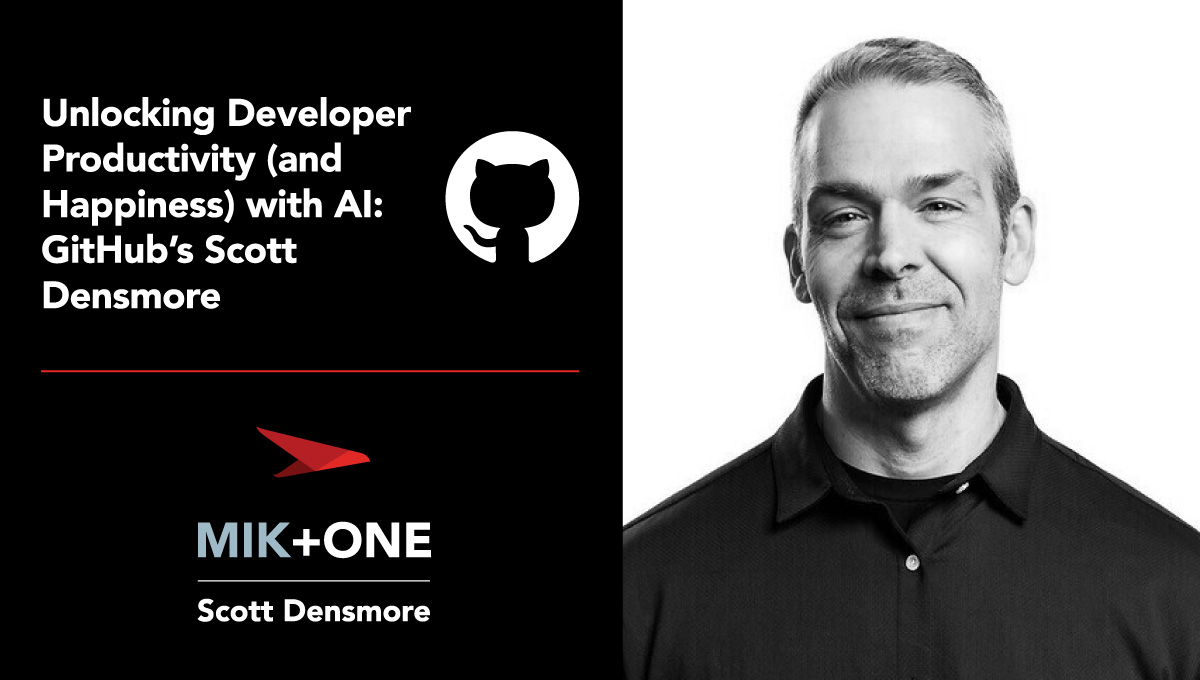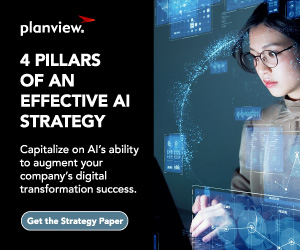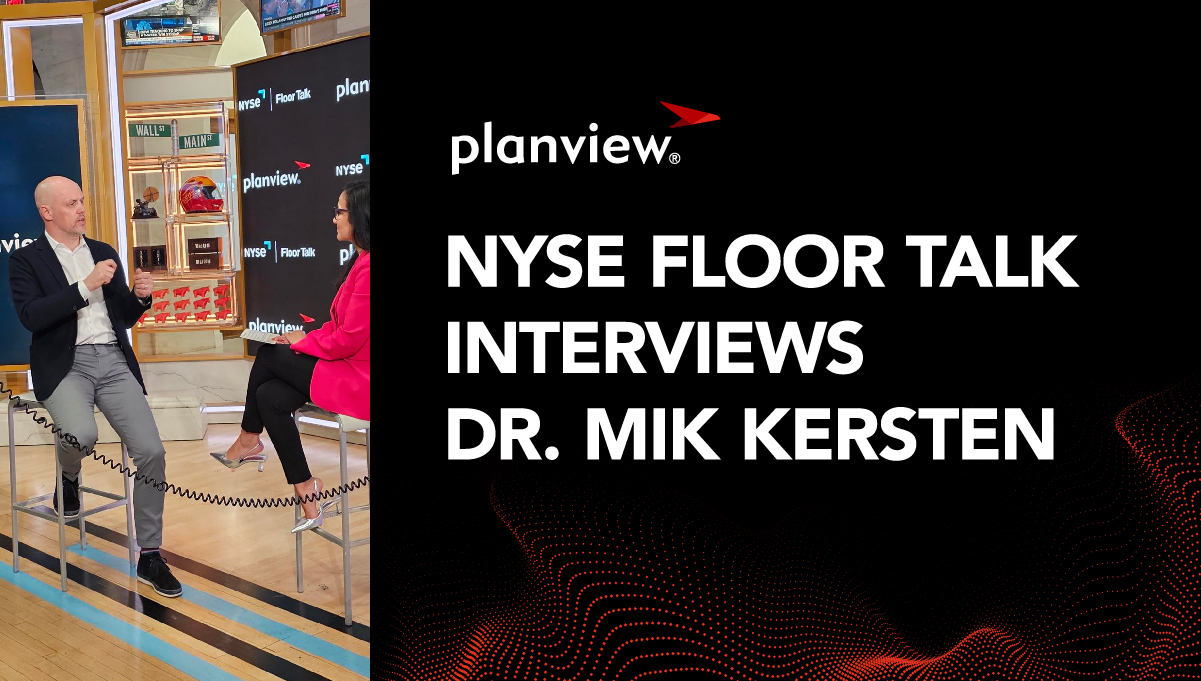
Driving innovation is the top priority identified by more than 1,300 C-suite executives across North America, Asia Pacific, and Europe, according to a recent survey conducted by Deloitte. The survey also revealed that conflicting priorities pose the greatest obstacle to innovation. A goal line that’s constantly shifting is one of the most effective ways to impede team productivity.
In the United States alone, boosting productivity represents a $10 trillion opportunity, according to recent research by McKinsey. Productivity growth in the US in the last 15 years slowed to an average of 1.4 percent — a lackluster number compared to the post-war years of 1948-70, which saw an average of 2.8 percent growth.
The decline in labor productivity growth isn’t just a stateside issue; since 2005, it’s been a global concern. But the need to battle economic headwinds like workforce shortages, debt, inflation, and the energy transition could reverse the trend.
Productivity has long been a source of curiosity and study for Planview’s Chief Technology Officer, Dr. Mik Kersten. In a June interview on NYSE Floor Talk, he discussed the topic — and how Planview’s mission to support digitally connected work can improve productivity.
NYSE Floor Talk Welcomes Planview
NYSE Floor Talk, taped on the trading floor and shared on the NYSE’s social channels, gives company leaders and innovators the opportunity to discuss their latest business developments, initiatives, and milestones.
On the show, NYSE Floor Talk’s host Judy Shaw interviewed Mik to learn more about how Planview is building the future of connected work. Tune into their conversation below.
Can you tell us about Planview and your company’s mission to support digital connected work?
As we see on the floor here and all over the world, technology is changing everything. Many traditional businesses need to transform, and those transformations are all about the people. So, connecting people to their customers, connecting strategy to delivery, and now connecting the power of generative AI to how we invest, how we track, and how we manage digital products and experiences is critical.
Over the course of the last couple of decades, all these new ways of working have come in. All these team tools have made it easier for us to work and collaborate, but most of that is just completely disconnected from a company’s strategy.
We’ve got these strategic drifts where the boardrooms and CEOs and executive teams have all these amazing ideas of how to help the companies move fast, but all of that is disconnected from the day-to-day work people are doing, from the software they’re creating, from the code that they’re writing.
So, we’ve created this whole new platform that allows teams to continue to use the tools that make them productive, make them happy, and have them do their best work while having all that connected in a closed loop, and now, being able to generate all the AI-based insights into how we can optimize the way that we deliver value to our customers.
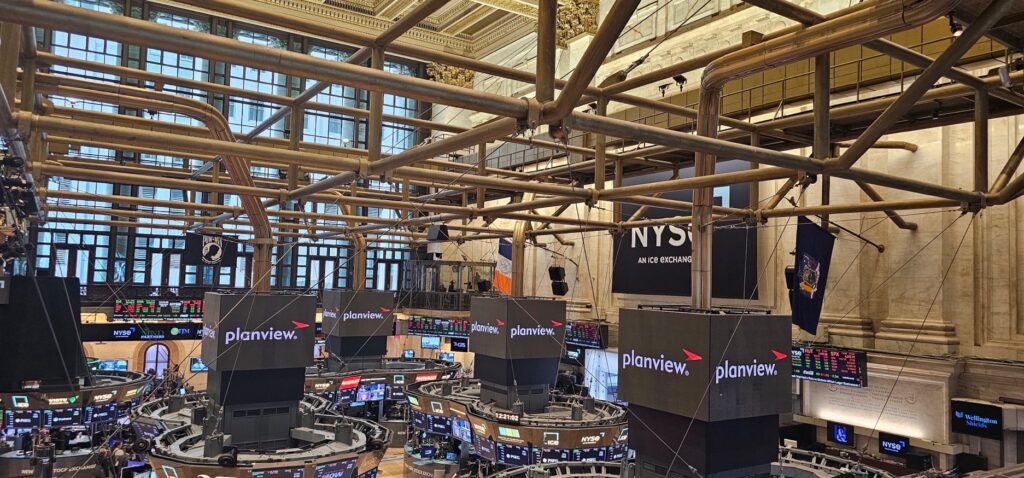
What would you say is the biggest problem you’re solving for your customers?
I’ve done a lot of my former research in productivity – specifically in developer productivity and digital productivity – and what we see is that, if you look at a large enterprise, around 75% of the investment they put in technology is just wasted. It’s wasted on various bottlenecks, on overloaded teams, on work being canceled, and we’ve actually been able to measure that.
We’ve devised a way of measuring knowledge work and productivity like you might measure cars moving down an assembly line. That’s this thing we’ve created called the flow framework. It’s how to measure the flow of knowledge work across teams. And the problem is that when you’ve got things disconnected, when you’ve got constant frustrations from teams waiting on approvals, waiting on some cloud service that they need that they never got, you have a lot of waste in the system.
Yet we have all these companies, some startups and unicorns and tech giants, that have actually figured this out. They’re able to deliver value in a matter of days, create new products, new features, adapt to all the power that we have right now with generative AI tools like ChatGPT.
Our whole goal is to actually take that waste out of the system, and for traditional enterprises and companies that want to thrive in this AI and software environment, connect all of their value streams—how they deliver value to their customers—and then help them optimize that to deliver at the pace of a startup, even though they might have tens or hundreds of thousands of staff.
How would you say you’re different from your competitors?
The tool landscape has evolved through a lot of developer technologies, technologies created by coders for themselves, so there are a lot of team tools across the entire market. Those have become very successful companies like Atlassian, ServiceNow, and technologies like GitHub that’s now part of Microsoft. And those make teams productive.
Rather than telling organizations you must move everything to our platform and swap out all your team tools, such as moving everything to Salesforce or moving everything to ServiceNow, we have a platform that’s agnostic. It allows teams to work in the way that makes them productive and companies to leverage those platforms over their cloud platforms or workflow platforms but get that end-to-end visibility and see that end-to-end flow of value, and of course, optimize that to transform faster.
What would you say are your key growth drivers?
We’ve been able to take that world of value stream management and connect it to what Planview is the leader in, which is strategic portfolio management. Planview acquired the company I founded, Tasktop, a year ago, and we were able to bring these two worlds together and give companies the best of both worlds by making sure that everyone’s got the tools they need to be productive with this end-to-end platform. That’s driven tremendous growth for us over the course of the last year.
Last year, our ARR was $380 million, and that was 17% growth over the year prior. We have 4,500 customers who are now very excited to see what’s coming down the pike in terms of how we actually leverage all this data that we have to present them with complete conversational ways of interacting.
A Chief Technology Officer or Chief Product Officer can ask, what is my bottleneck? How do I move to market faster? Where is my transformation being hung up? Where do I need to invest? Where do I need to reallocate resources through what we’re now building with our copilots and ChatGPT?
It’s obviously the customers that make this so fun and so rewarding. Seeing their success, where we help them become digital innovators, has been an amazing part of the ride.
Hear More from Mik on Mik + One
Learn more about how software delivery leaders are delivering software at scale with transformative solutions by listening to Dr. Mik Kersten’s podcast, Mik + One. His most recent guest is technology visionary George Kadifa on the topic generative AI and its potential impact on the tech industry.

